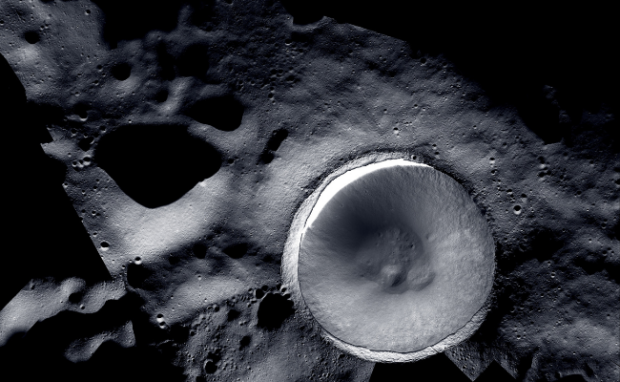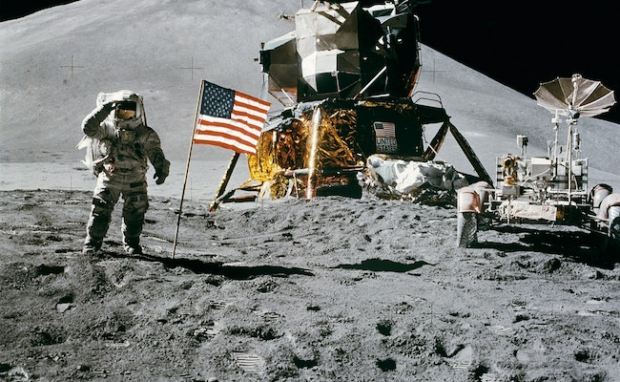See the Moon like never before with NASA’s camera mosaic
The National Aeronautics and Space Administration shared images from its new mosaic from images from two lunar cameras. These include the Lunar Reconnaissance Orbiter Camera and ShadowCam, showing the Earth’s ancient satellite in unprecedented detail. Soon, their pictures could help NASA find ice deposits containing rocket fuel and life support components.
Just when you thought we’ve known all we can about the Moon, the latest technologies enable us to discover more about it. Perhaps it could help us find new signs of alien life or hidden deposits of useful chemicals. Soon, NASA might use this technology to help us view higher-quality images of other planets, encouraging us to learn more about our world.
This article will discuss how the NASA Moon cameras provided a new perspective on the Earth’s oldest satellite. Then, I will share NASA’s other projects that are as, or if not more interesting than, space cameras.
What are the functions of the NASA Moon cameras?

Photo Credit: nasa.gov
The new mosaic image is a compilation of images of the Shackleton Crater from two sources: the Lunar Reconnaissance Orbiter Camera) and the ShadowCam. Both capture different details that merge into a stunning lunar image.
The LROC has been operational since 2009. It captures detailed photographs of the lunar surface but cannot capture the Moon’s permanently shadowed regions.
As the name suggests, these lunar spots don’t receive direct sunlight. On the other hand, the Shadowcam is a NASA instrument on a Korea Aerospace Research Institute (KARI) spacecraft named Danuri.
In August 2022, Danuri launched ShadowCam, starting the latter’s mission. Unlike LROC, ShadowCam is 200 times more light-sensitive and can function in extremely dim conditions.
These enable ShadowCam to capture features and terrain details the LROC cannot. It relies on sunlight reflected off Earth or lunar geologic features to take shots in the shadows.
However, its light sensitivity prevents it from capturing photos of the Moon that receive direct illumination without producing saturated results. That is why NASA merged LROC and ShadowCam images into a mosaic.
A mosaic consists of small images or tiles that form a larger one. Analysts used ShadowCam for the permanently shadowed regions and LROC for sunlit crater flanks and rim.
You may also like: India shares Moon landing video proof
As a result, the mosaic created an image that makes you feel like you’re an astronaut several feet above the lunar surface. More importantly, it gives NASA scientists an enhanced view of the lunar South Pole region.
The space agency’s blog stated people haven’t explored the area. Yet, it is important for science and exploration because experts believe it contains ice deposits or other frozen chemicals.
These ice chunks could help us understand how the Moon and our solar system developed. Moreover, they may contain hydrogen and oxygen for life support systems and rocket fuel.
What are NASA’s other projects?
The NASA Moon cameras helped us survey the lunar surface from afar, but we still need to explore new areas. Soon, we may send the humanoid robot Valkyrie to check those spots.
At the time of writing, its ongoing mission is to oversee oil rigs at The Land Down Under. It confirms Woodside Energy facilities are safe for human workers daily.
In return, the energy firm collects data on the robot so the space agency can develop it further. Soon, Valkyrie may scout new lunar areas to ensure they’re safe for human exploration.
You may also like: DARPA explores how to colonize the moon
Before the astronauts descend, they may ask their spacecraft its status using a ChatGPT-like interface. Believe it or not, Dr. Larissa Suzuki plans to create an AI chatbot that enables astronauts to communicate with their space vehicles.
Why couldn’t the space explorers check their rockets and other stuff themselves? Fortunately, Dr. Suzuki explained her bold proposal at a conference at the Institute for Electrical and Electronics Engineers on June 27:
“The idea is to get to a point where we have conversational interactions with space vehicles, and they [are] also talking back to us on alerts, interesting findings they see in the solar system and beyond. We cannot send an engineer up in space whenever a space vehicle goes offline or its software breaks somehow.”
Conclusion
NASA lunar cameras helped create a high-quality mosaic of the Moon. As a result, we can see the Earth’s oldest satellite with more clarity and detail.
More importantly, it can help space experts scan the area for potential mineral or chemical deposits essential for research, rocket fuel, and life support systems. Soon, those findings could facilitate future lunar missions.
Gain more information about the NASA Moon cameras and their latest image on the space agency’s blog. Check out more digital tips and trends at Inquirer Tech.
